Home>Furniture & Design>Bathroom Accessories>How To Clean Toilet Bowl Holes
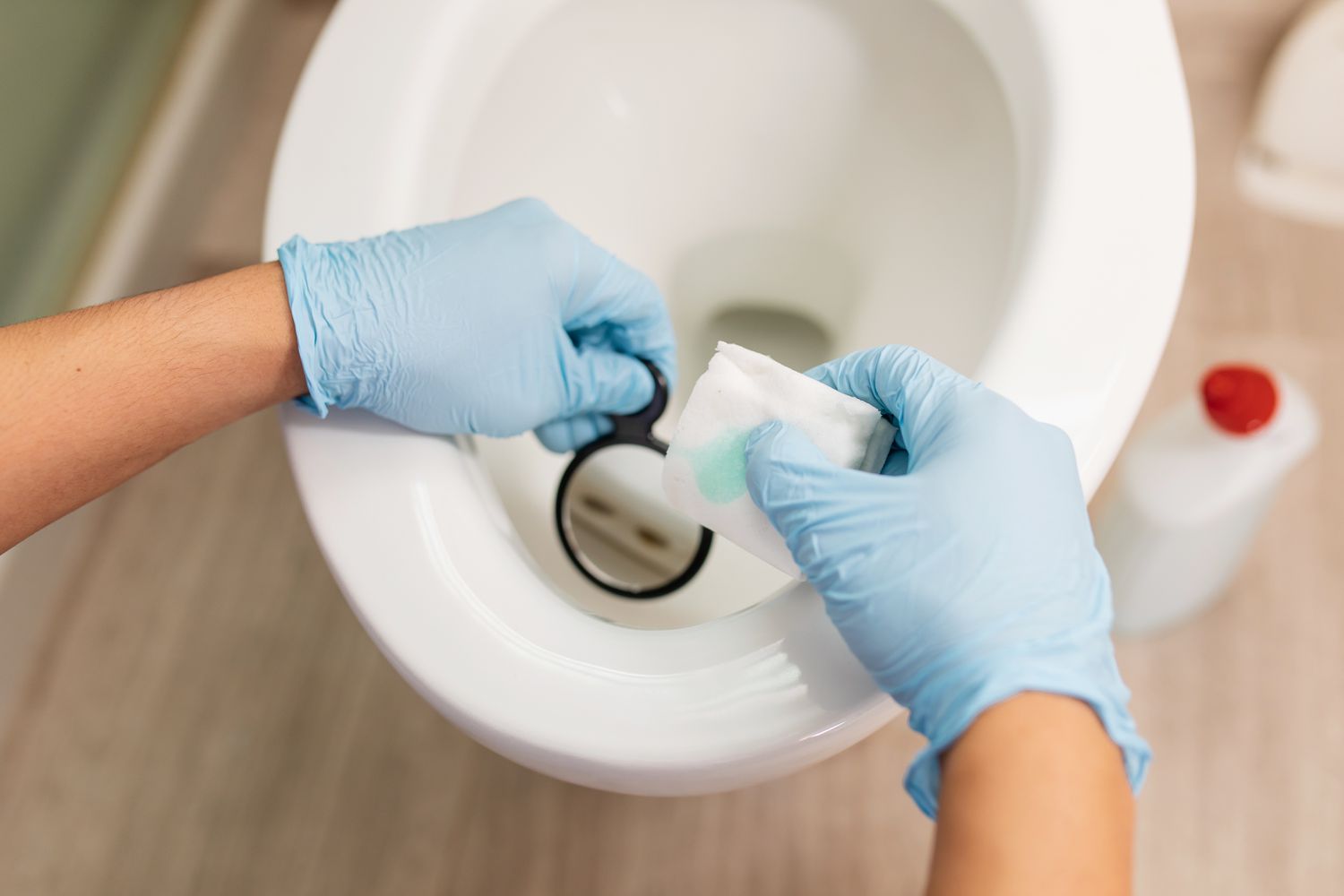

Bathroom Accessories
How To Clean Toilet Bowl Holes
Modified: February 18, 2024
Learn how to effectively clean toilet bowl holes and keep your bathroom accessories sparkling with our expert tips and tricks. Say goodbye to stubborn stains and odors for good!
(Many of the links in this article redirect to a specific reviewed product. Your purchase of these products through affiliate links helps to generate commission for Storables.com, at no extra cost. Learn more)
Introduction
Maintaining a clean and hygienic bathroom is essential for a healthy and pleasant living environment. While regular cleaning of the toilet bowl is a common practice, often overlooked are the tiny yet crucial components that contribute to its overall cleanliness – the toilet bowl holes. These small apertures, located under the rim of the toilet bowl, play a vital role in ensuring effective flushing and preventing the accumulation of bacteria and mineral deposits.
Understanding the significance of cleaning toilet bowl holes is imperative for upholding optimal hygiene standards in your bathroom. Neglecting these areas can lead to the buildup of unsightly stains, unpleasant odors, and even potential plumbing issues. Therefore, it is crucial to incorporate the cleaning of toilet bowl holes into your regular bathroom maintenance routine.
In the following sections, we will delve into the tools and materials required for this task, providing a comprehensive step-by-step guide to effectively clean toilet bowl holes. Additionally, we will explore valuable tips for maintaining clean toilet bowl holes, ensuring that your bathroom remains a pristine and inviting space for all who use it. Let's embark on this journey to discover the best practices for achieving spotless toilet bowl holes and a sparkling clean bathroom.
Key Takeaways:
- Regularly clean toilet bowl holes using vinegar and baking soda to prevent stains, odors, and plumbing issues. This ensures a hygienic and efficient bathroom environment for everyone.
- Use natural cleaning agents and tools to maintain clean toilet bowl holes. Regular inspection and ventilation help prolong cleanliness and functionality, promoting a welcoming bathroom space.
Read more: What Is The Small Hole In Toilet Bowl
Understanding the importance of cleaning toilet bowl holes
Cleaning the toilet bowl holes is a crucial yet often overlooked aspect of maintaining a clean and hygienic bathroom. These small apertures, located under the rim of the toilet bowl, serve a fundamental purpose in the flushing mechanism. When the toilet is flushed, water is released through these holes, creating a powerful and efficient force that removes waste from the bowl and refills it with clean water. However, over time, these holes can become clogged with mineral deposits, bacteria, and other debris, compromising the effectiveness of the flushing system.
Neglecting the cleaning of toilet bowl holes can lead to several undesirable consequences. Firstly, the accumulation of mineral deposits and bacteria can result in unsightly stains and unpleasant odors in the toilet bowl. This not only detracts from the overall cleanliness of the bathroom but also creates an uninviting environment for users. Moreover, clogged toilet bowl holes can impede the proper flow of water during flushing, leading to incomplete waste removal and potential blockages in the plumbing system.
Furthermore, the presence of mineral deposits in the toilet bowl holes can contribute to the development of limescale, which not only affects the aesthetic appeal of the toilet but also poses challenges for cleaning and maintenance. If left unaddressed, these issues can escalate, resulting in more extensive cleaning efforts and potentially costly repairs to the toilet and plumbing.
By understanding the importance of cleaning toilet bowl holes, individuals can proactively address these concerns and uphold a high standard of cleanliness and functionality in their bathrooms. Regular maintenance of these small yet vital components ensures that the flushing mechanism operates efficiently, waste is effectively removed, and the risk of stains, odors, and plumbing issues is minimized.
In essence, the cleaning of toilet bowl holes is an integral part of comprehensive bathroom care, contributing to a fresh, sanitary, and inviting environment for all occupants. Incorporating this practice into your regular cleaning routine is a proactive step towards maintaining a hygienic and well-functioning bathroom for the long term.
Tools and materials needed for cleaning toilet bowl holes
Cleaning toilet bowl holes effectively requires the use of specific tools and materials to ensure thorough removal of mineral deposits, bacteria, and other debris. By assembling the necessary items, you can streamline the cleaning process and achieve optimal results. Here's a comprehensive list of tools and materials needed for this task:
Tools:
-
Toilet Brush: An essential tool for scrubbing the interior of the toilet bowl, including the area around the holes under the rim. Choose a durable and effective toilet brush with sturdy bristles to dislodge stubborn deposits.
-
Dental Floss Picks or Toothpicks: These small, pointed tools are ideal for reaching into the narrow toilet bowl holes and dislodging any accumulated debris. The precision of dental floss picks or toothpicks allows for targeted cleaning in hard-to-reach areas.
-
Rubber Gloves: Protect your hands from direct contact with cleaning agents and bacteria by wearing rubber gloves. Opt for durable, waterproof gloves to ensure comfort and safety during the cleaning process.
-
Spray Bottle: Fill a spray bottle with a cleaning solution to facilitate targeted application around the toilet bowl holes. A spray bottle enables controlled dispensing of the cleaning solution, ensuring thorough coverage of the affected areas.
-
Old Toothbrush: Repurpose an old toothbrush for detailed cleaning around the toilet bowl holes. The small bristles and compact size of a toothbrush make it ideal for reaching and scrubbing these intricate areas.
Materials:
-
Vinegar: A natural and effective cleaning agent, vinegar is renowned for its ability to dissolve mineral deposits and eliminate bacteria. Prepare a solution of vinegar and water to use in conjunction with the cleaning tools.
-
Baking Soda: This versatile household ingredient serves as a gentle abrasive cleaner, aiding in the removal of stubborn stains and mineral buildup. When combined with vinegar, baking soda creates a powerful foaming action that helps dislodge debris from the toilet bowl holes.
-
Commercial Toilet Bowl Cleaner: For more intensive cleaning or to address tough stains, consider using a commercial toilet bowl cleaner. Choose a product specifically formulated to target mineral deposits and bacteria while being safe for use in the toilet bowl.
-
Microfiber Cloth: Use a microfiber cloth to wipe down the exterior of the toilet bowl and surrounding areas after cleaning the toilet bowl holes. Microfiber cloths are highly effective at trapping and removing residual dirt and cleaning solution, leaving surfaces sparkling clean.
By gathering these tools and materials, you can prepare for a thorough and effective cleaning process, ensuring that your toilet bowl holes are free from deposits and bacteria, and your bathroom remains a pristine and hygienic space for all occupants.
Read more: How To Clean Toilet Bowl With Coke
Step-by-step guide to clean toilet bowl holes
-
Prepare the Cleaning Solution: Begin by preparing a cleaning solution using vinegar and water. Mix equal parts of white vinegar and water in a spray bottle to create a potent yet natural cleaning agent. The acidic properties of vinegar make it highly effective in dissolving mineral deposits and eliminating bacteria, ensuring a thorough cleaning process.
-
Apply the Cleaning Solution: Liberally spray the prepared vinegar and water solution around the interior of the toilet bowl, focusing on the area under the rim where the toilet bowl holes are located. Ensure that the solution adequately coats the surfaces, targeting any visible stains and deposits.
-
Allow the Solution to Sit: Allow the cleaning solution to sit for at least 15-20 minutes to effectively penetrate and loosen the accumulated debris within the toilet bowl holes. This dwell time facilitates the breakdown of mineral deposits and enhances the cleaning process.
-
Scrub the Toilet Bowl Holes: Using a toilet brush, vigorously scrub the interior of the toilet bowl, paying particular attention to the area around the holes under the rim. The bristles of the toilet brush effectively dislodge stubborn deposits and bacteria, aiding in the comprehensive cleaning of the toilet bowl holes.
-
Targeted Cleaning with Dental Floss Picks or Toothpicks: For precise cleaning of the toilet bowl holes, use dental floss picks or toothpicks to reach into the narrow apertures and dislodge any remaining debris. Gently maneuver the floss picks or toothpicks to ensure thorough removal of accumulated deposits, promoting optimal flushing efficiency.
-
Rinse and Repeat if Necessary: Flush the toilet to rinse away the loosened debris and residual cleaning solution. If any stubborn stains or deposits persist, repeat the cleaning process, focusing on the affected areas to achieve the desired cleanliness.
-
Final Touches: Once the toilet bowl holes are thoroughly cleaned, use an old toothbrush dipped in the vinegar solution to scrub any remaining stubborn spots. Wipe down the exterior of the toilet bowl and surrounding areas with a microfiber cloth to ensure a pristine finish.
By following this step-by-step guide, you can effectively clean the toilet bowl holes, ensuring that mineral deposits and bacteria are thoroughly removed, and the flushing mechanism operates at its optimal capacity. Incorporating this cleaning process into your regular bathroom maintenance routine contributes to a hygienic and inviting bathroom environment for all occupants.
Use a toilet brush and a mixture of vinegar and baking soda to scrub the holes in the toilet bowl. Let the mixture sit for a few minutes before scrubbing and flushing.
Tips for maintaining clean toilet bowl holes
Maintaining clean toilet bowl holes is essential for upholding optimal hygiene and ensuring the efficient operation of the flushing mechanism. To prolong the cleanliness and functionality of these vital components, consider the following tips:
-
Regular Cleaning Schedule: Incorporate the cleaning of toilet bowl holes into your regular bathroom maintenance routine. Aim to clean these areas at least once a week to prevent the accumulation of mineral deposits, bacteria, and other debris. Consistent cleaning efforts contribute to the long-term cleanliness and effectiveness of the flushing system.
-
Use Vinegar and Baking Soda: Utilize the natural cleaning power of vinegar and baking soda to maintain clean toilet bowl holes. Periodically pour a mixture of vinegar and baking soda into the toilet bowl and allow it to sit for a few hours or overnight. The foaming action and acidic properties of this combination help dissolve mineral deposits and eliminate bacteria, effectively preventing the buildup of unsightly stains and odors.
-
Regular Inspection: Periodically inspect the toilet bowl holes for any signs of buildup or blockages. Use a flashlight to illuminate the area under the rim and identify any visible deposits. Early detection allows for prompt intervention, preventing the escalation of cleanliness issues and ensuring the continued efficiency of the flushing system.
-
Use a Water Softener: If your household has hard water, consider using a water softener to reduce the mineral content in the water supply. Hard water often contributes to the accumulation of limescale and mineral deposits in toilet bowl holes and other plumbing fixtures. By mitigating the effects of hard water, you can minimize the frequency of cleaning and prolong the cleanliness of these areas.
-
Proper Ventilation: Ensure adequate ventilation in the bathroom to minimize moisture accumulation. Excess moisture can contribute to the growth of bacteria and the formation of limescale in the toilet bowl holes. Use exhaust fans or open windows to promote air circulation and reduce the likelihood of moisture-related cleanliness issues.
-
Avoid Harsh Chemicals: When cleaning the toilet bowl holes, opt for natural or mild cleaning agents to avoid damaging the surfaces or compromising the integrity of the flushing mechanism. Harsh chemicals can erode the protective coatings of the toilet bowl and potentially impact the functionality of the flushing system over time.
By implementing these tips, you can proactively maintain clean toilet bowl holes, ensuring that the flushing mechanism operates efficiently, and the overall cleanliness and hygiene of your bathroom are upheld. Consistent care and attention to these small yet crucial components contribute to a welcoming and sanitary bathroom environment for all occupants.
Conclusion
In conclusion, the cleanliness of toilet bowl holes is a fundamental aspect of maintaining a hygienic and functional bathroom environment. By understanding the significance of these small yet vital components, individuals can proactively address cleanliness issues and ensure the optimal operation of the flushing mechanism. The thorough cleaning of toilet bowl holes not only contributes to a visually appealing and odor-free toilet bowl but also minimizes the risk of plumbing issues associated with mineral deposits and bacterial buildup.
The step-by-step guide provided offers a comprehensive approach to effectively clean toilet bowl holes, utilizing natural cleaning agents and targeted tools to achieve optimal results. By incorporating this cleaning process into a regular maintenance routine, individuals can uphold a high standard of cleanliness and functionality in their bathrooms, creating a welcoming and sanitary space for all occupants.
Furthermore, the tips for maintaining clean toilet bowl holes serve as proactive measures to prolong the cleanliness and efficiency of these essential components. From utilizing natural cleaning agents to implementing regular inspection and maintenance practices, these tips empower individuals to take a proactive stance in preserving the cleanliness and functionality of their bathroom fixtures.
Ultimately, the cleanliness of toilet bowl holes is not only a matter of visual appeal but also a crucial factor in promoting a healthy and inviting bathroom environment. By embracing the practices outlined in this guide and remaining attentive to the maintenance of these small yet impactful components, individuals can ensure that their bathrooms remain pristine, hygienic, and fully functional for the long term. Incorporating these practices into regular cleaning routines contributes to a proactive approach to bathroom care, enhancing the overall well-being and comfort of all who utilize the space.
In essence, the comprehensive cleaning and maintenance of toilet bowl holes are integral components of a holistic approach to bathroom care. By prioritizing the cleanliness and functionality of these small yet crucial elements, individuals can create a welcoming and sanitary environment that reflects a commitment to optimal hygiene and well-being.
Frequently Asked Questions about How To Clean Toilet Bowl Holes
Was this page helpful?
At Storables.com, we guarantee accurate and reliable information. Our content, validated by Expert Board Contributors, is crafted following stringent Editorial Policies. We're committed to providing you with well-researched, expert-backed insights for all your informational needs.
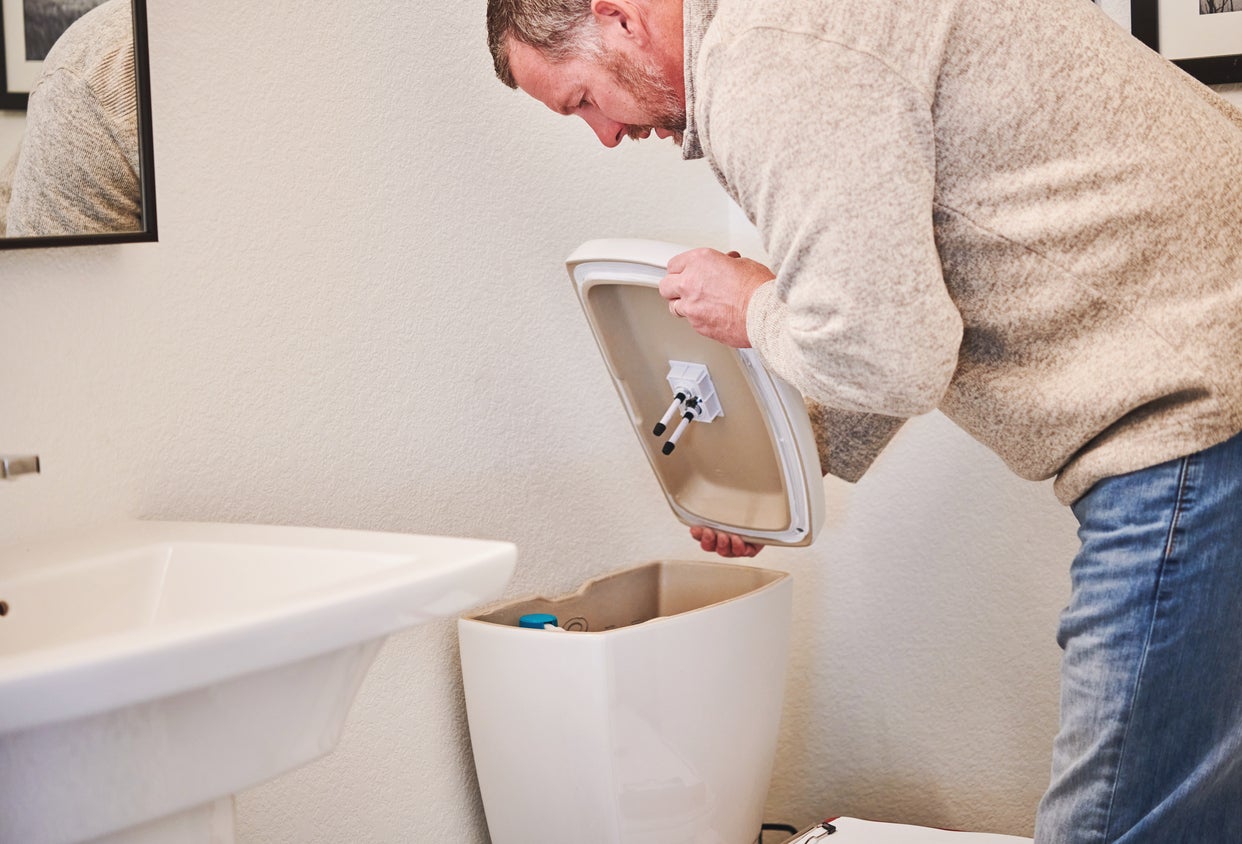
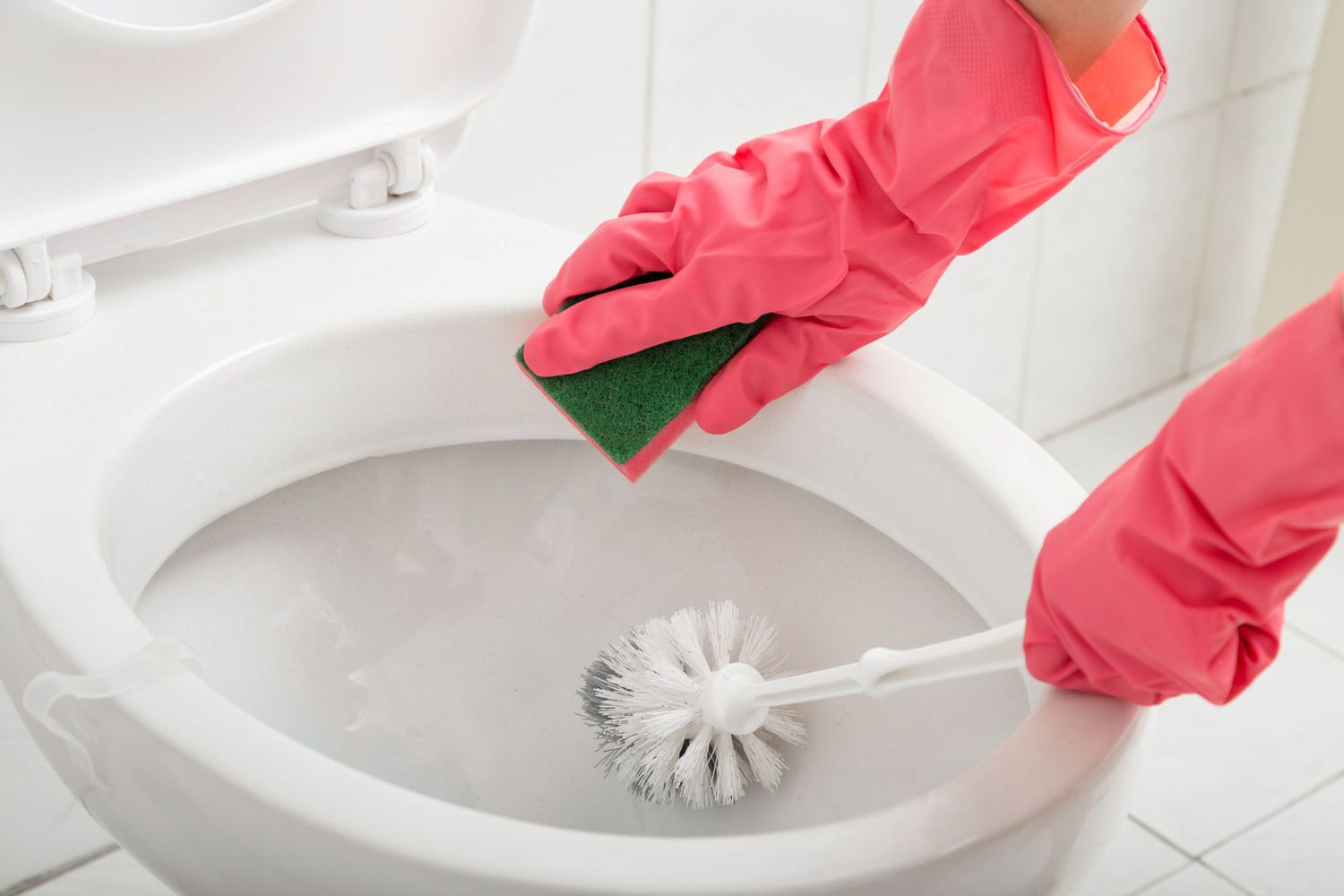
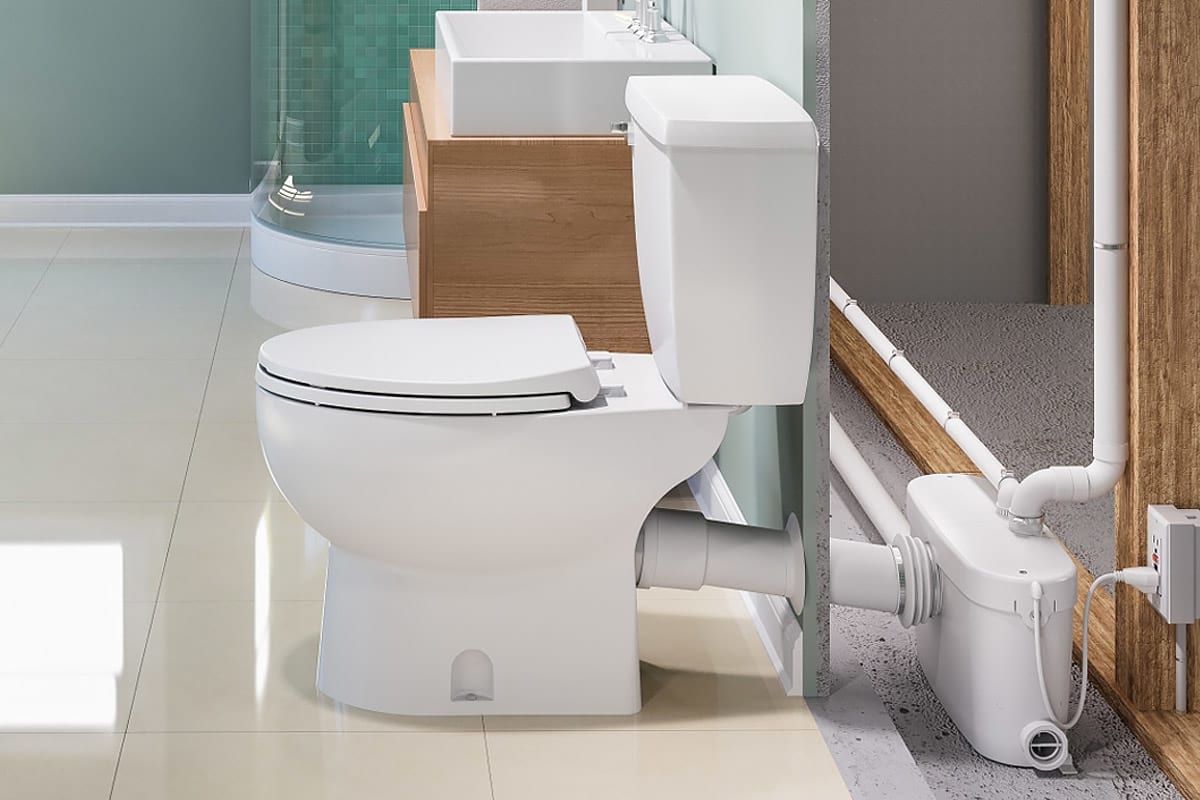
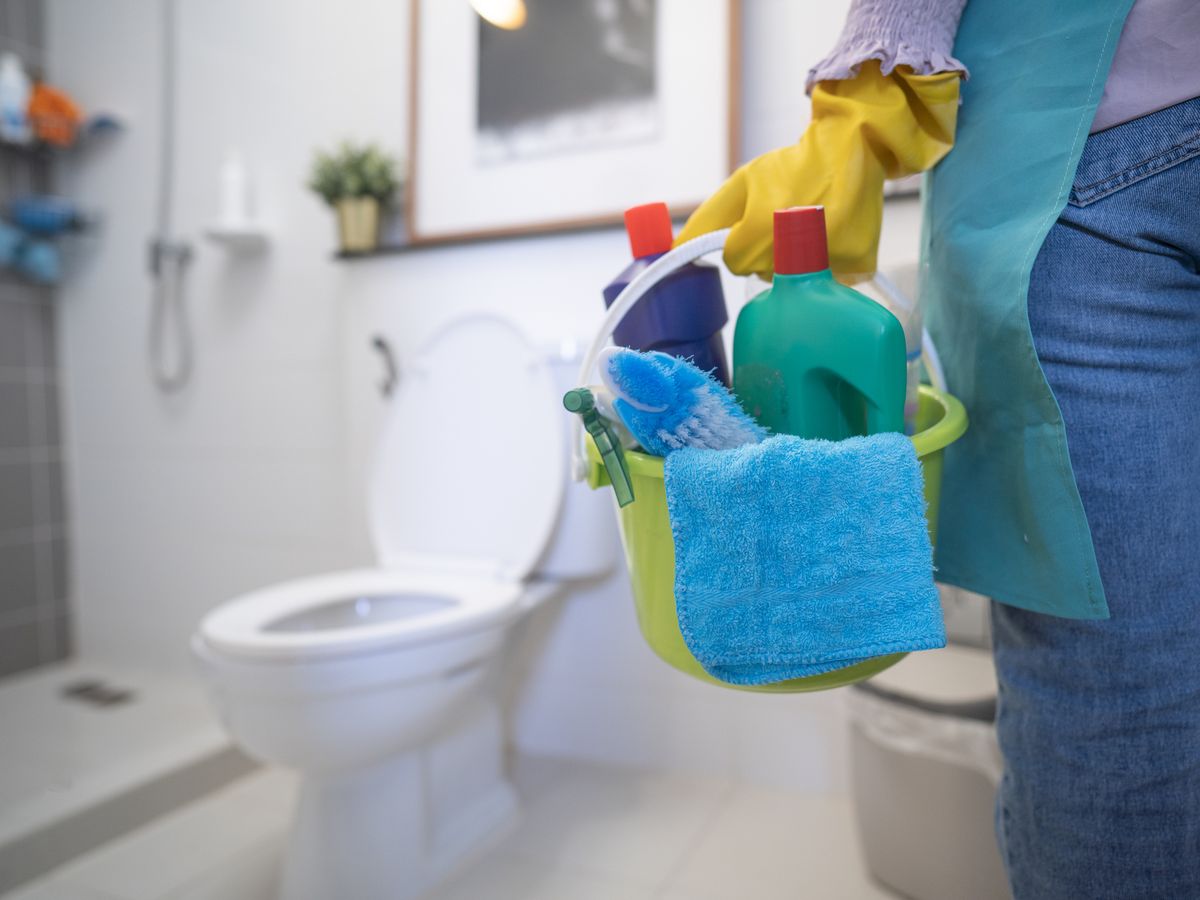
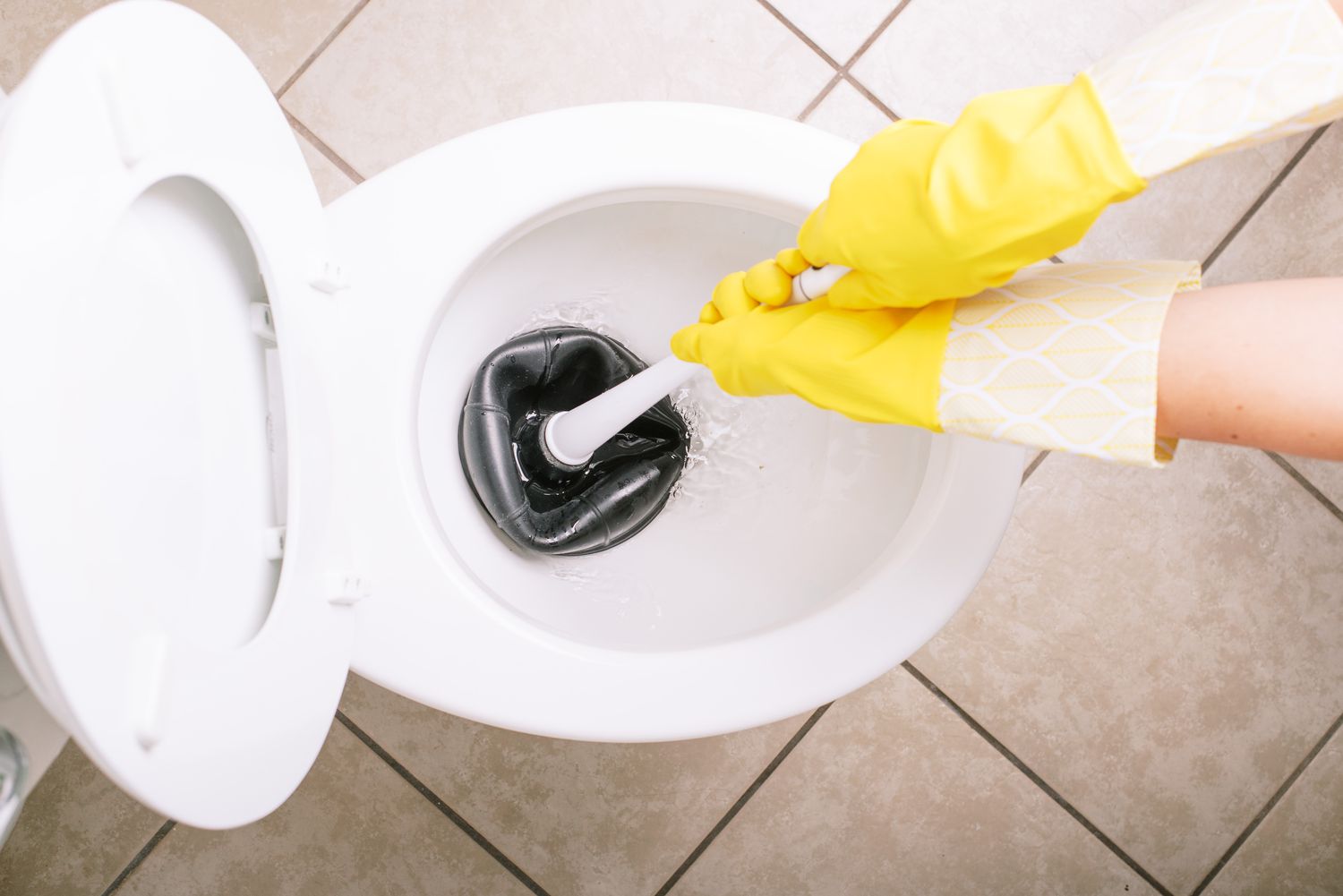
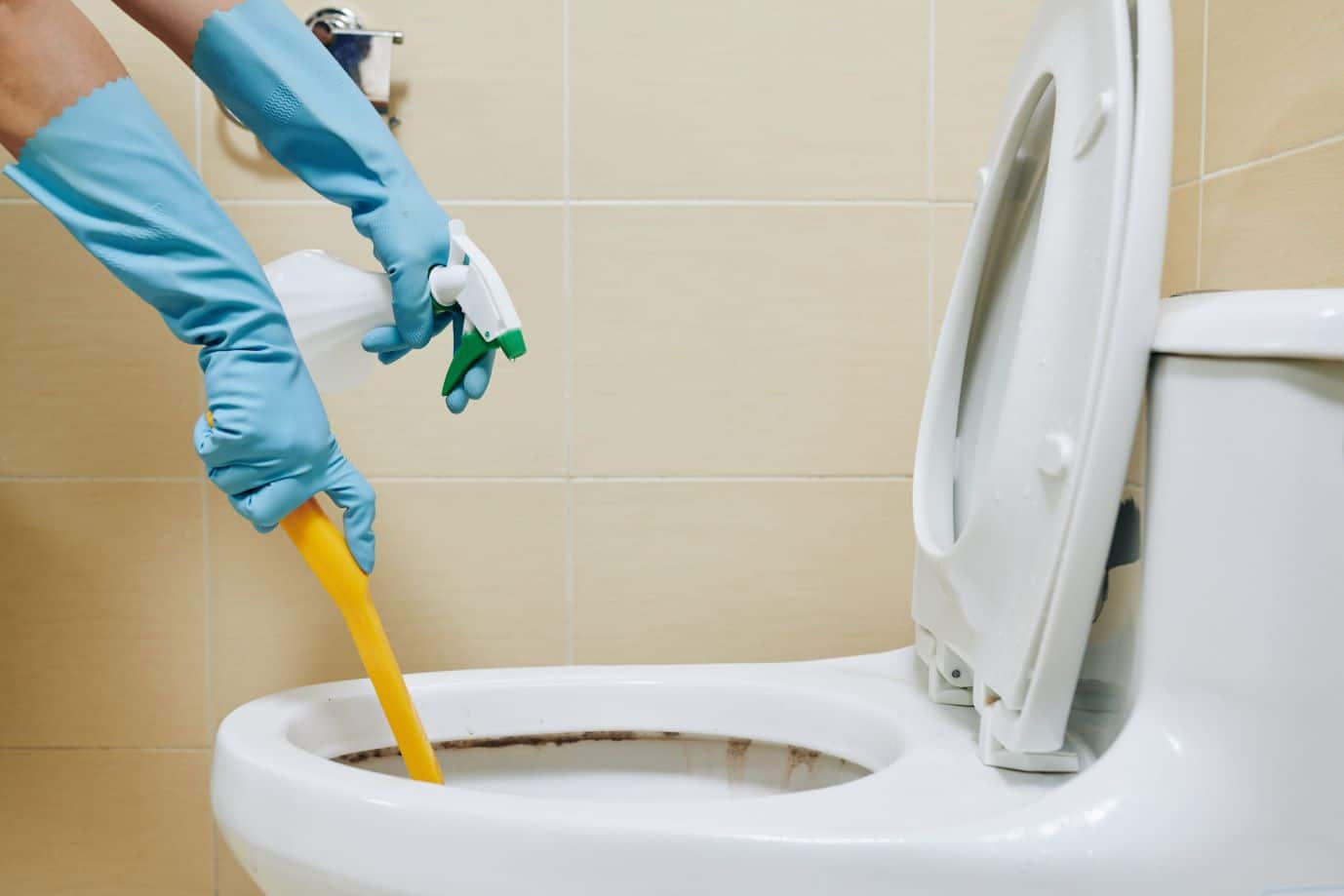
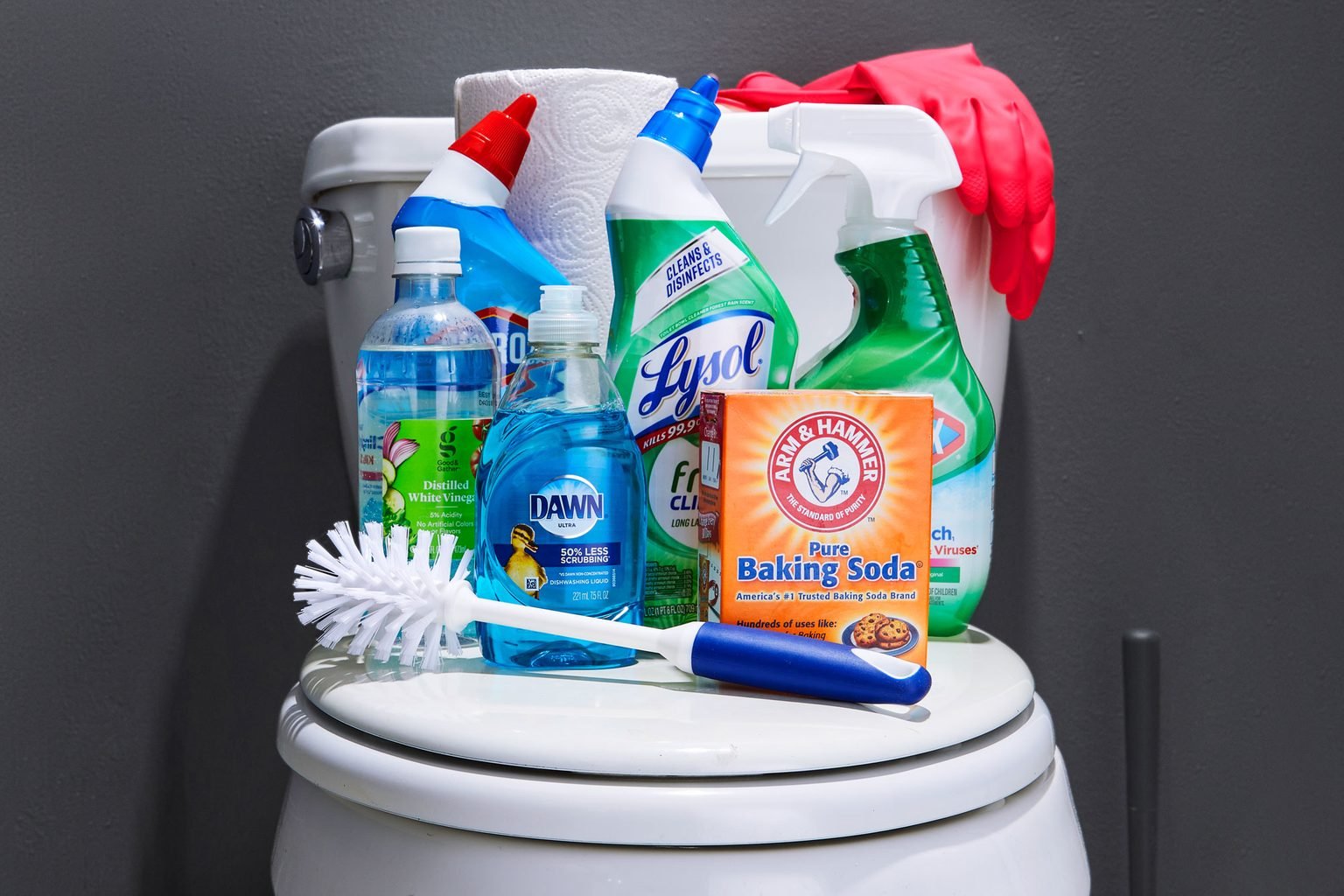
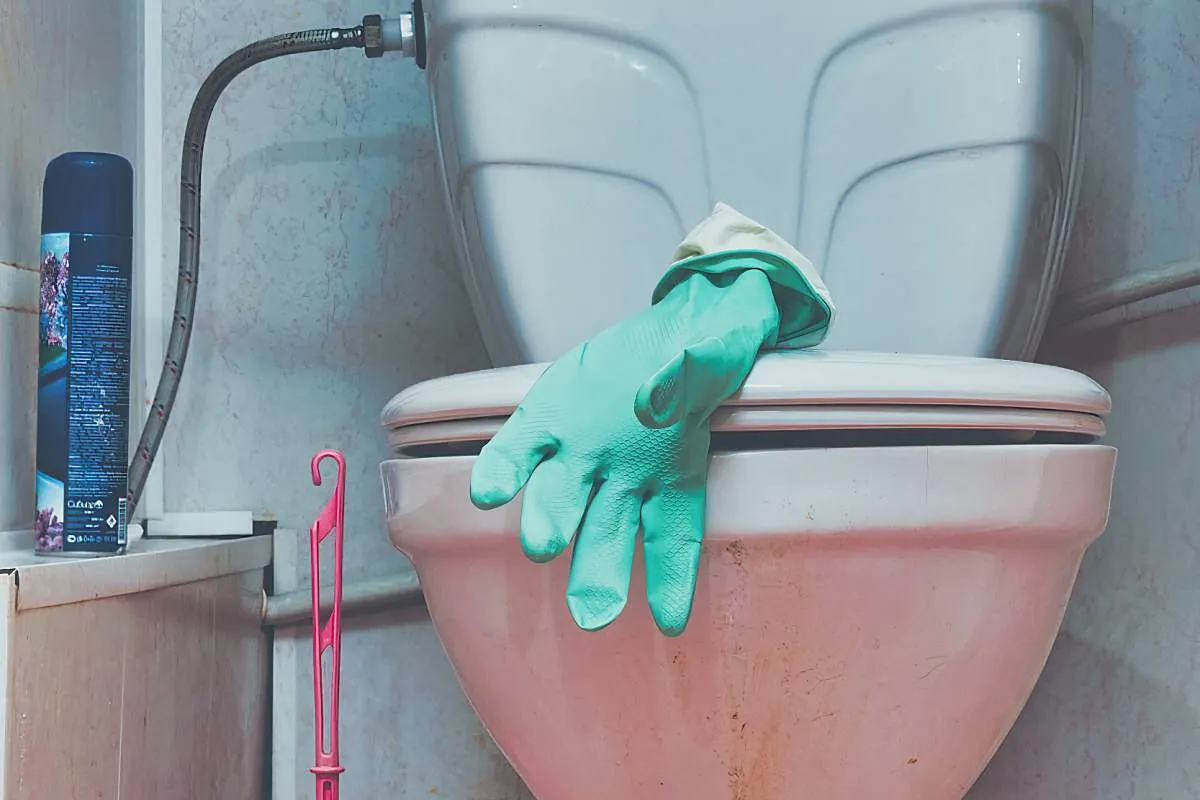
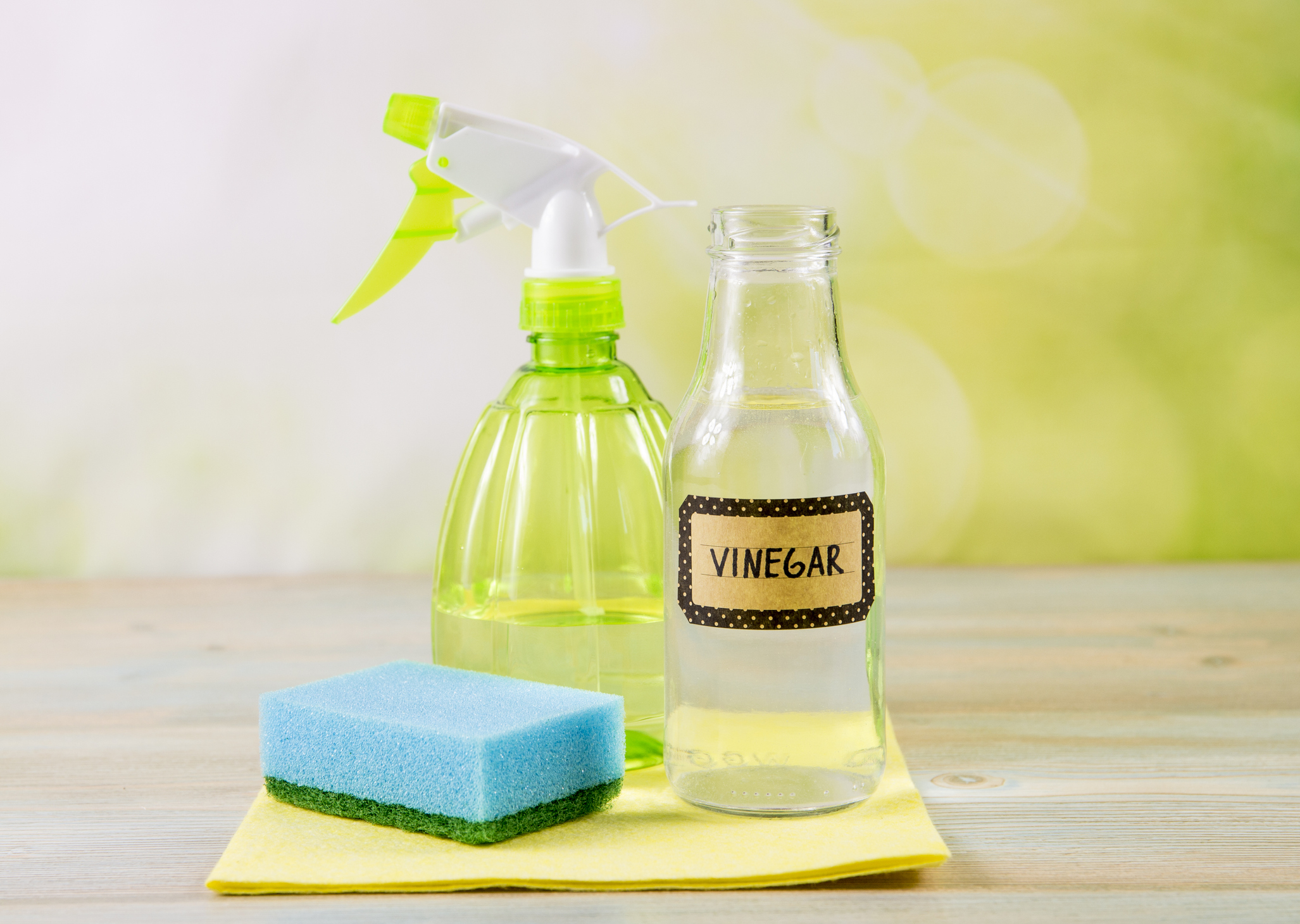
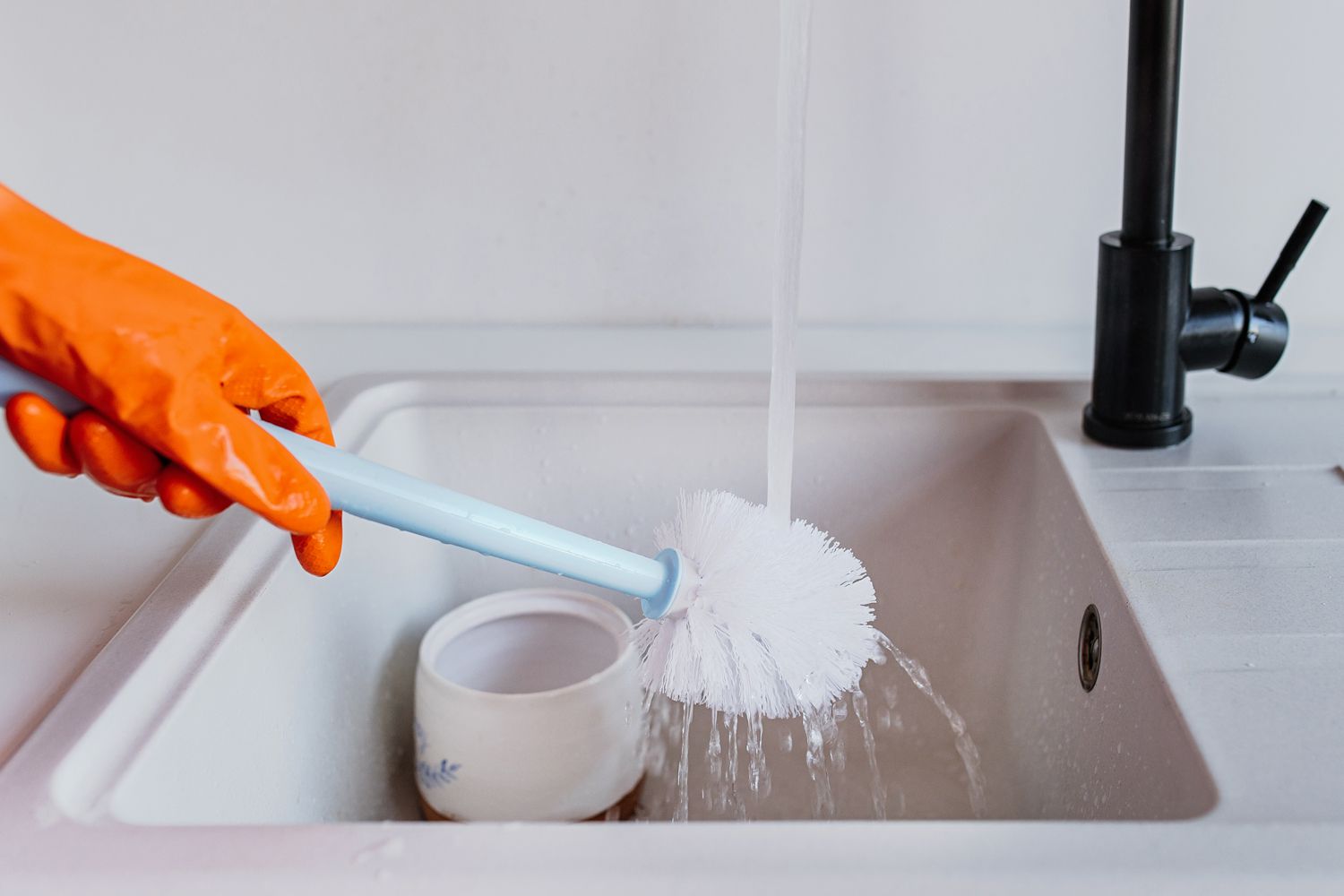
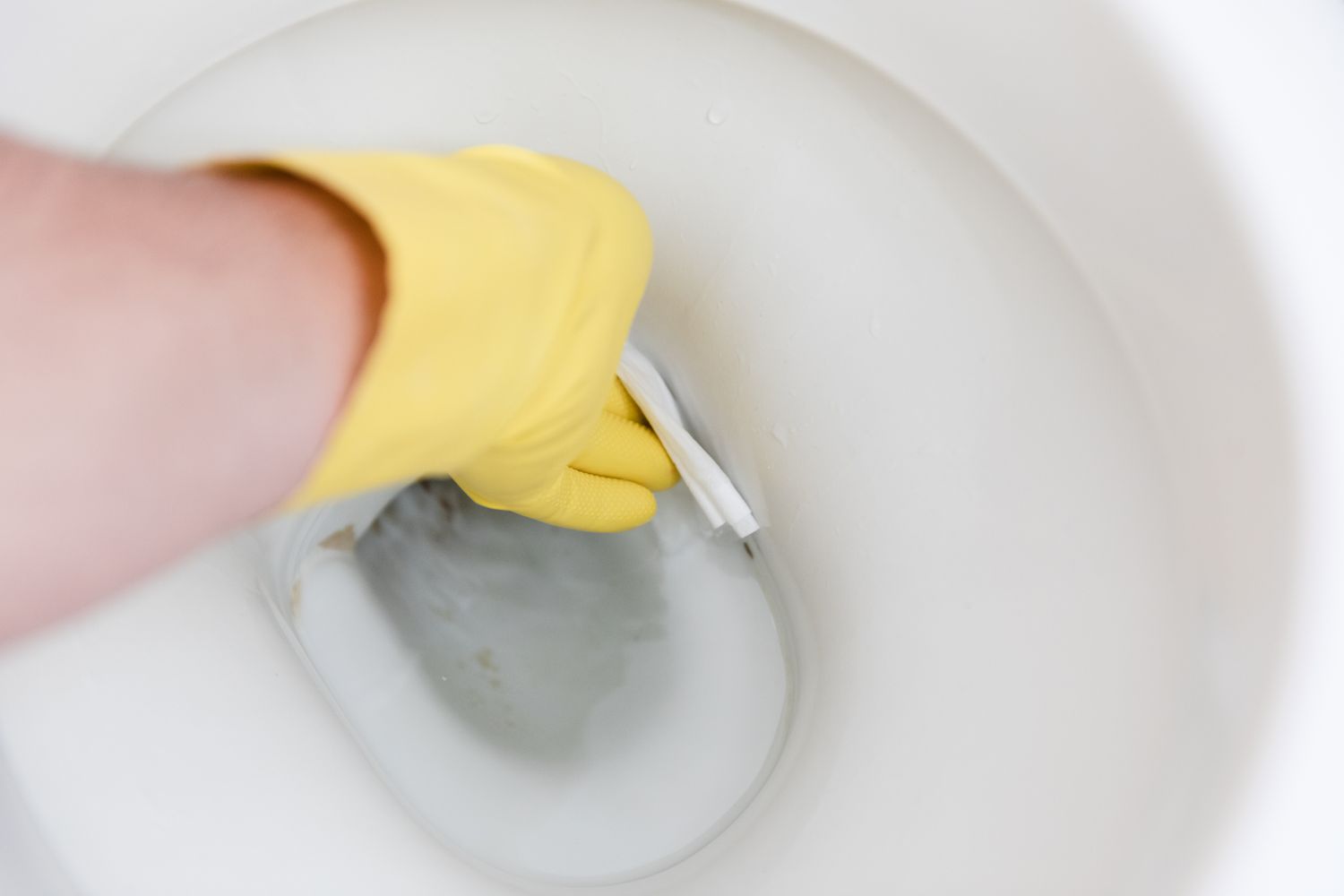
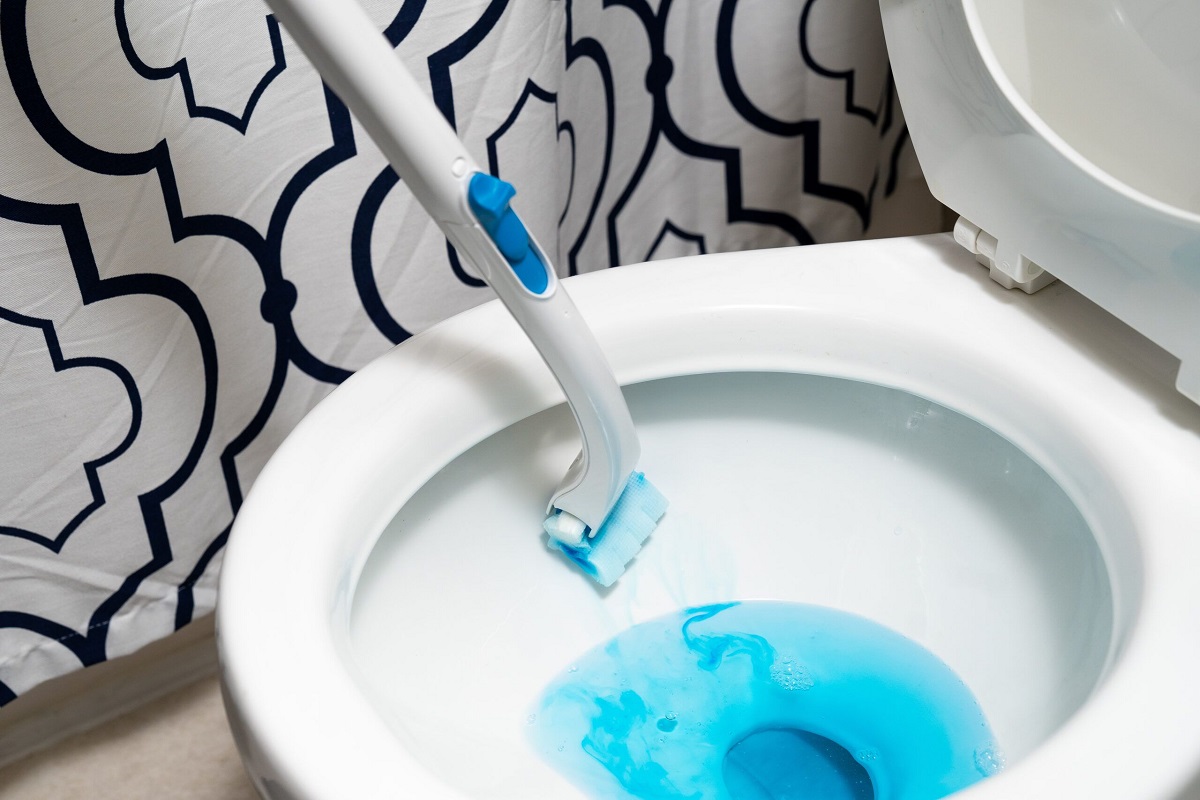
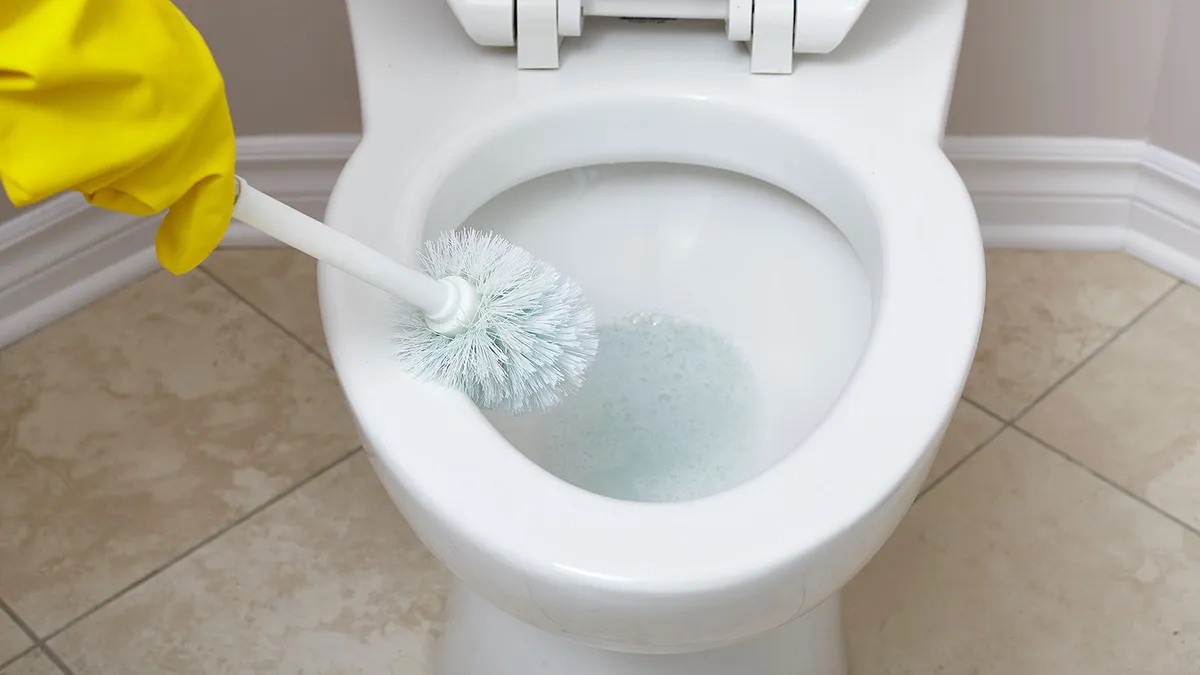
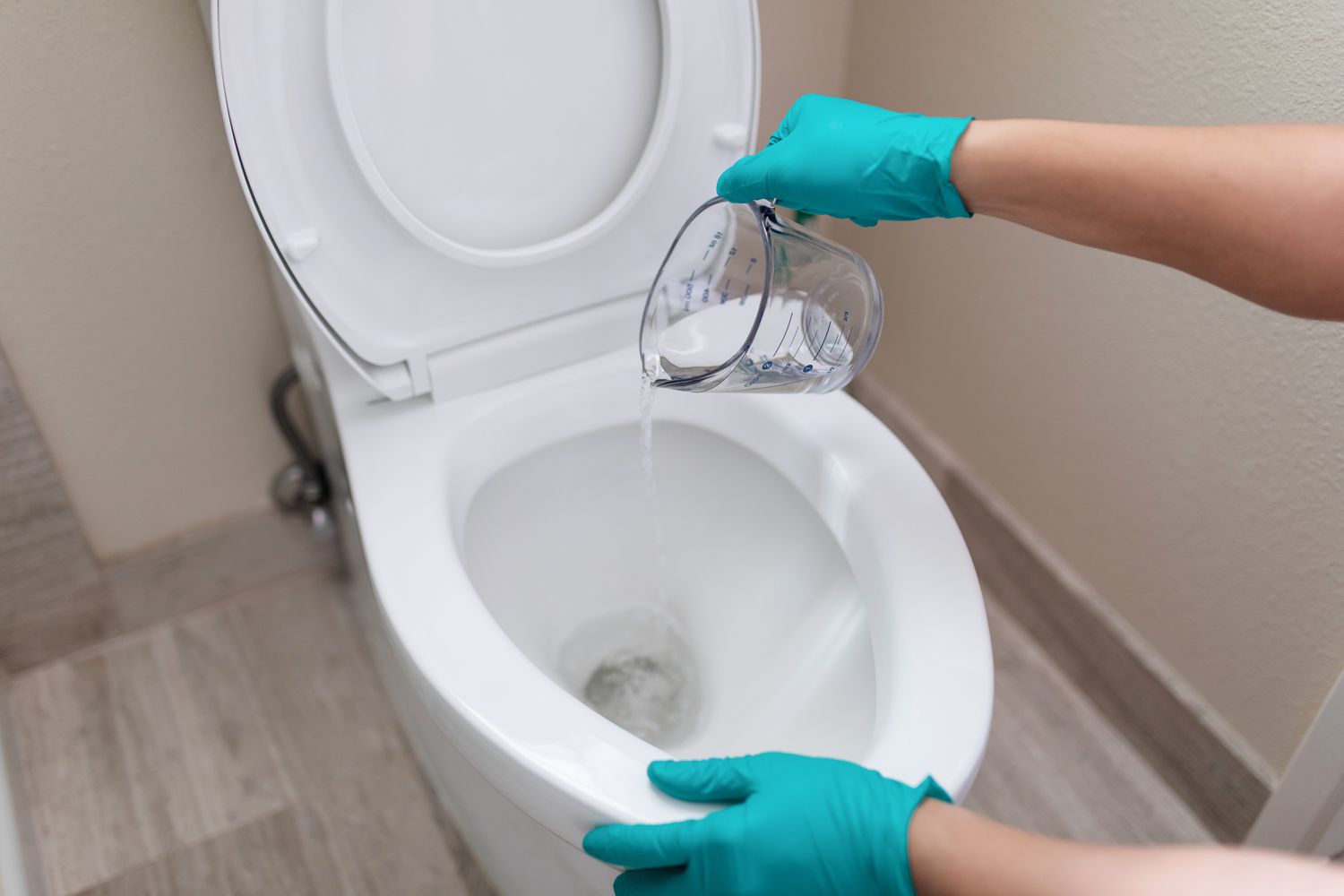

0 thoughts on “How To Clean Toilet Bowl Holes”